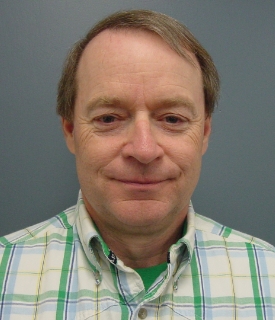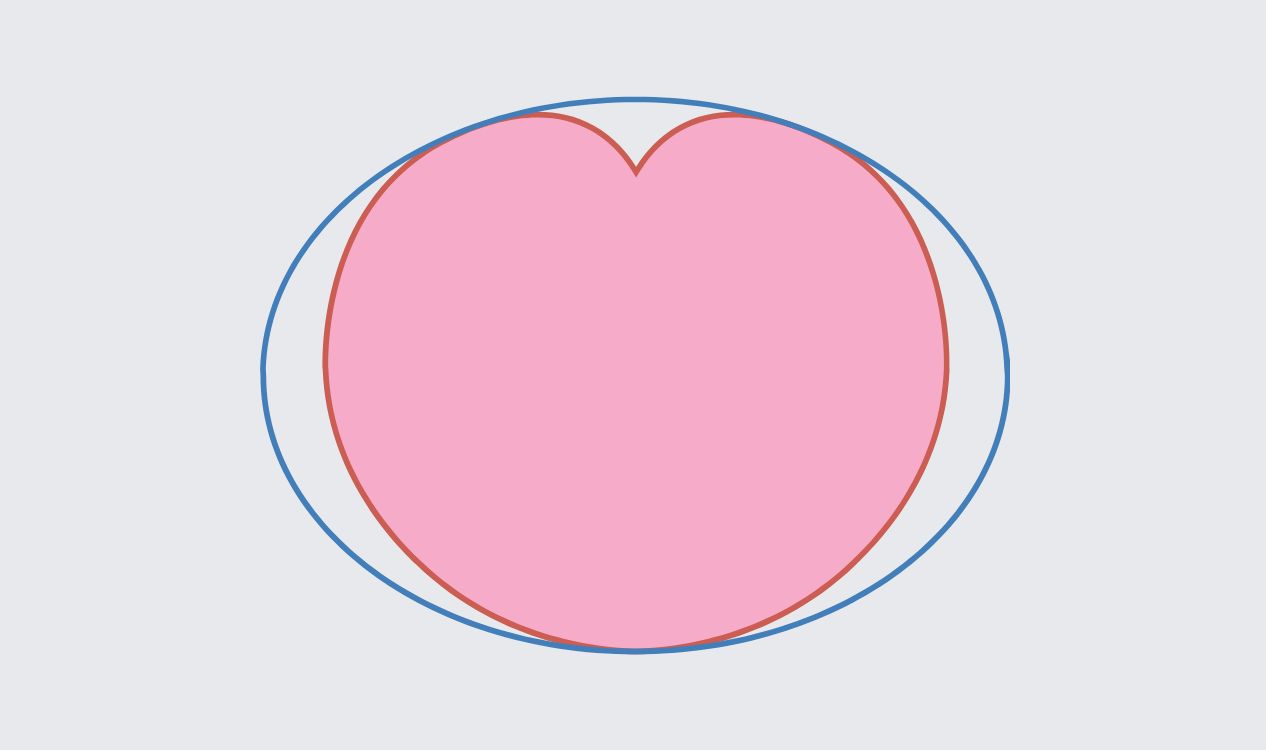Dan Kalman is In His Prime
Teaching + Storytelling = A Gratifying Career
 While it’s not odd to find an academic mathematician who writes research papers, it’s unusual to encounter one who uses storytelling—and even poetry—to teach and entertain. For mathematics professor Dan Kalman ’74, writing has been a constant form of expression.
While it’s not odd to find an academic mathematician who writes research papers, it’s unusual to encounter one who uses storytelling—and even poetry—to teach and entertain. For mathematics professor Dan Kalman ’74, writing has been a constant form of expression.
And add a pun into the equation? “That’s icing on the cake,” Kalman says. “I have specialized in writing for the kinds of journals and audiences that give me the freedom to do that. I’m not writing a treatise on a question mathematicians have been asking for hundreds of years. I’m writing for people who want to read something interesting that expands their horizons.”
Kalman recalls one research project inspired by a mathematical pun: “Total Ellipse of the Heart.” It was suggested by a friend and colleague, who came up with both the pun and the corresponding problem, to find the smallest ellipse that totally surrounds a given cardioid.
“It was a title in search of a paper,” jokes Kalman. “The pun-related context tickled my sense of the whimsical. The problem looked hard enough to make it a challenge without looking so hard that the chances for success seemed too remote, and I felt there were a number of techniques in my mathematical toolbox that might be applicable.”
Though the two friends have not yet published their results, Kalman explains that a big part of his enthusiasm to write is sharing mathematical discoveries with others, no matter how narrow his audience, typically mathematicians and advanced math students.
Kalman factors in the entertainment value of his writing to increase the probability of capturing his readers’ attention. He recalls another paper fondly—“Harvey Plotter and the Circle of Irrationality,” published in Math Horizons, a Mathematical Association of America magazine—in which he found an engaging way to share information he learned at a math conference.
“You can’t write a dry-as-dust presentation and expect undergraduate students to pay attention,” Kalman says. “So how can I write in a way that will draw them along through the mathematics and also teach them? That’s where the idea for Harvey Plotter came from.”
Writing has been only a fraction of his career, a path that hasn’t been linear. After earning M.A. and PhD degrees in mathematics from the University of Wisconsin-Madison, he began teaching at the University of Wisconsin-Green Bay. In 1985, he did a 180-degree turn into industry at The Aerospace Corporation, a nonprofit that operates the only federally funded research and development center dedicated completely to space-related science and engineering. As an applied mathematician, Kalman enjoyed his work there, but discovered he was more passionate about academics and having the freedom to work on research projects. So, in 1993, he came full circle back to academia, joining the mathematics faculty at American University in Washington, D.C., where he taught until his retirement in 2018.
Kalman has written three books, seven book chapters, and nearly 100 articles, and he has received multiple writing honors, including the George Pólya Award, Trevor Evans Award, Carl B. Allendoerfer Award and Paul R. Halmos- Lester R. Ford Award—each of these received twice (a singular accomplishment)—as well as the Beckenbach Book Prize. In 2021, the MAA’s publications team created a virtual special issue featuring all of the papers for which Kalman had received awards, as well as a chapter from the prize-winning book. Although he’s extremely humble about the recognitions, they are proof of his talent.
Despite retiring, Kalman hasn’t stopped penning articles—and perhaps fiction one day. He has a desk drawer full of fiction outlines, but for now, “that drawer is firmly shut” (mostly because, he says, he’s been busy writing articles).
Summing up the joy he found in his career, Kalman explains: “What I really loved about the experience of being a math professor was the social interaction with colleagues and students. When you have a freshman who’s nervous about whether they’ll be successful, if you can inspire confidence in them and watch them blossom, and then send them off to a career in mathematics, it’s hard to find anything more fulfilling than that.”
And that has made all the difference.
